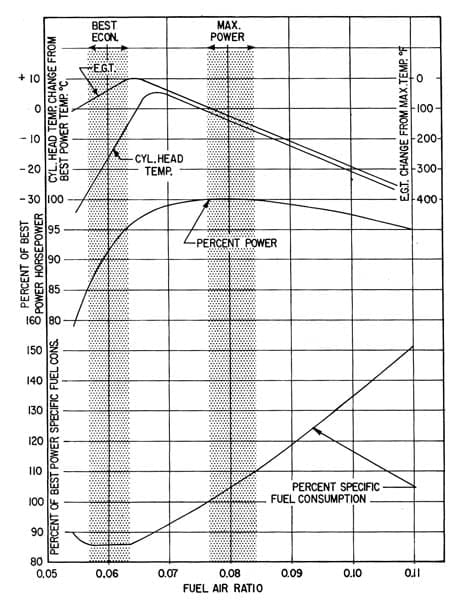I have an idea for a way to save fuel.
I am sometimes a hyper-miler. My car is a 2023 Mazda3 6MT. I notice when I coast on long downhill highway stretches, my indicated MPG definitely increases versus driving the same stretch in gear. Same for long downhill section of backroads. I assume this is due to the lower pumping and friction losses in the engine running 2,200 RPM versus 700 RPM idle.
I also look for stop signs and red lights on my GPS and try to coast accordingly to minimize the use of my brakes (without holding up traffic of course). These strategies gain me at least 4 MPG.
This gave me the idea that software could be written to coast the vehicle based on GPS terrain, traffic and traffic sign data. This might have to be implemented in some sort self-driving software to be effective. I would assume the car would require a transmission that can coast. I know the new Mazda CX90 doen't use a torque converter in the automatic but a wet clutch so that could be held open- same with a DCT.
Is this just a crazy idea?
I am sometimes a hyper-miler. My car is a 2023 Mazda3 6MT. I notice when I coast on long downhill highway stretches, my indicated MPG definitely increases versus driving the same stretch in gear. Same for long downhill section of backroads. I assume this is due to the lower pumping and friction losses in the engine running 2,200 RPM versus 700 RPM idle.
I also look for stop signs and red lights on my GPS and try to coast accordingly to minimize the use of my brakes (without holding up traffic of course). These strategies gain me at least 4 MPG.
This gave me the idea that software could be written to coast the vehicle based on GPS terrain, traffic and traffic sign data. This might have to be implemented in some sort self-driving software to be effective. I would assume the car would require a transmission that can coast. I know the new Mazda CX90 doen't use a torque converter in the automatic but a wet clutch so that could be held open- same with a DCT.
Is this just a crazy idea?

